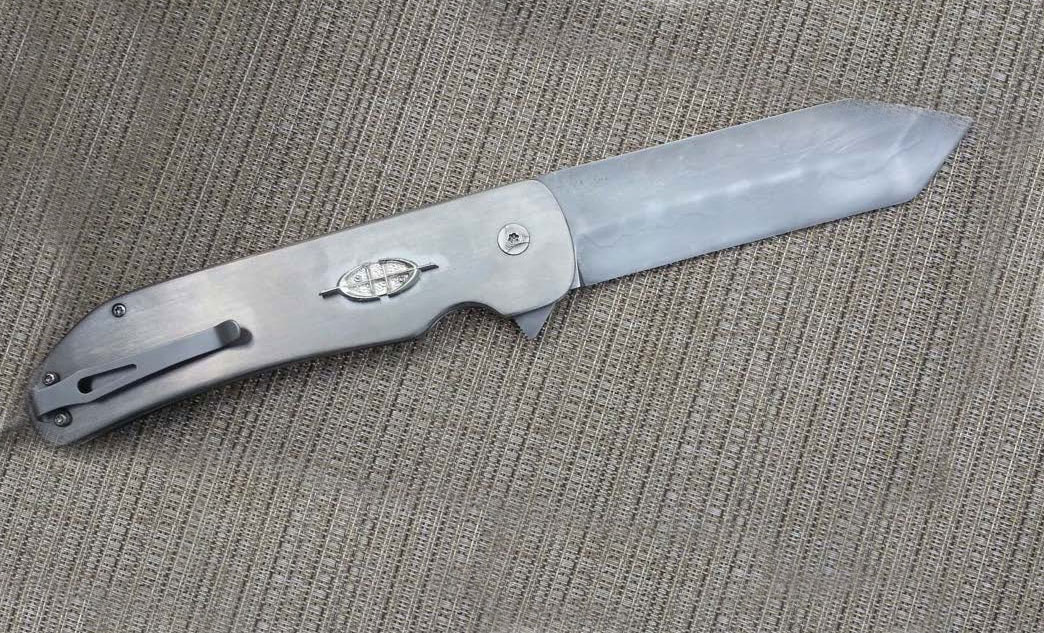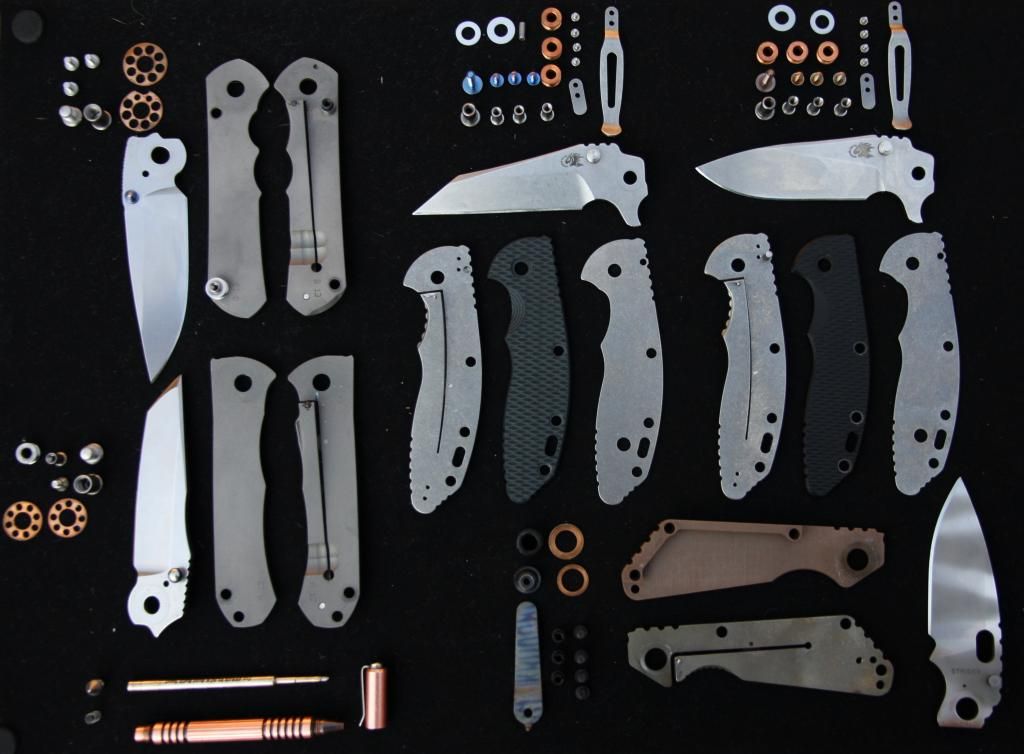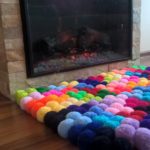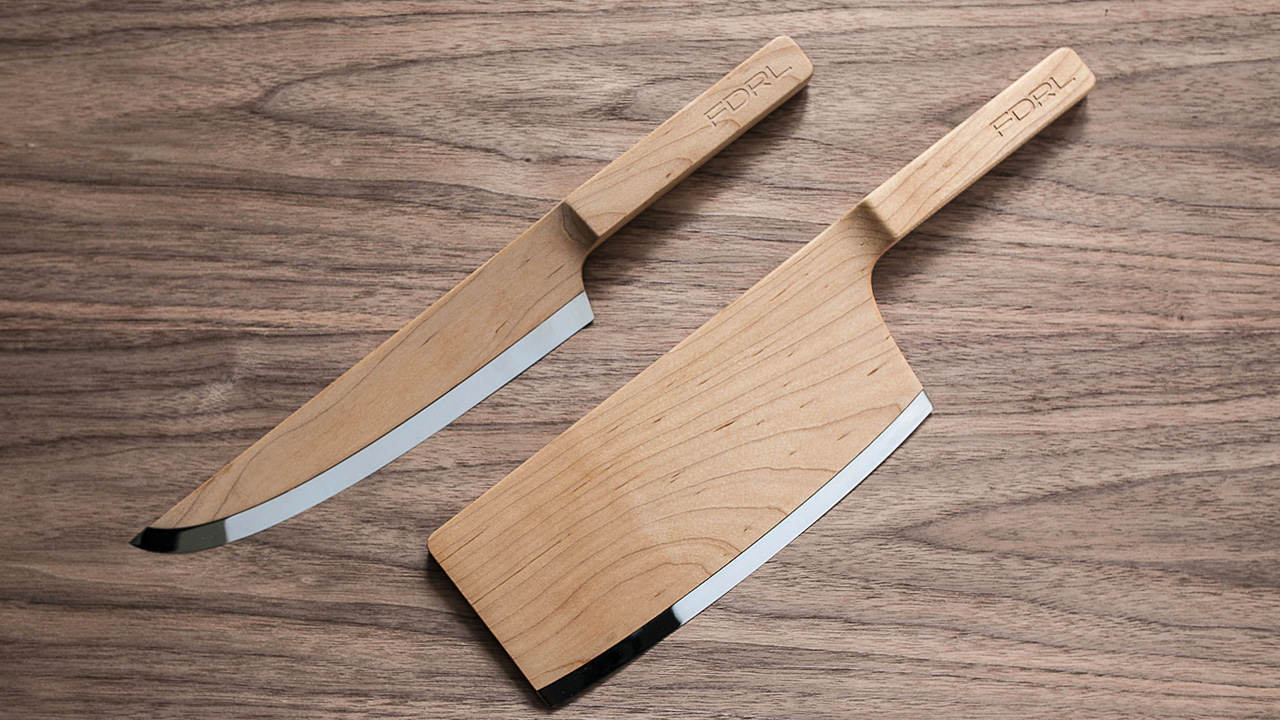Do you want to make a folding knife with your own hands? I'll tell you how
Who among us as a child did not dream of becoming the owner of a good folding knife? As we get older, we are no longer very interested in such toys, perhaps because we can buy them without any problems. It’s another matter if you made such a knife yourself, for yourself, as they say, with soul. So what's the problem? It’s not that difficult to make, and today we’ll talk about just that.

The content of the article
Selection of tools and materials
There can be two approaches to this matter - amateurish and serious. Which one is better for? Let's figure it out:
- At amateurish approach There is no particular need to be puzzled by the selection of steel with the necessary characteristics. The material at hand is taken and a knife is made from it. This option is suitable for those who have not yet tried their hand at making knives, and for those who do not have extra money or the desire to bother searching.
- If take things seriously, you need to sift through a certain amount of specialized literature on grades of various alloys, metalworking techniques, as well as on hardening and creating workpieces from good tool steel. Let’s not talk about damask steel here—we’re not going to forge a saber. By the way, not every blacksmith can master this task.
The required set of tools also directly depends on the approach to the matter. Perhaps you will get by with pocket artillery in the form of a file, a hand drill, emery and a hacksaw.But if you work for results, it would be nice to have:
- stationary drilling machine;
- grinder;
- sharpening machine;
- bench vice and a set of clamps.

To make a template, you will need paper, a pencil, thick cardboard or hardboard, and for annealing, hardening and tempering - some kind of forge and oven, as well as waste or vegetable (preferably olive) oil.
Drawing and layout
Before starting metal processing, everything is done on paper, and then it is made from cardboard sample. Why such formalities, you ask. The fact is that such flaws as, say, the butt sticking out in the folded position or insufficient immersion of the blade into the handle will be revealed at the initial stage. It is easier to remake a cardboard template than a metal product.
If you're a so-so designer, borrow drawings on the Internet. Locking mechanisms for folding knives are classified into:
- Pin - one of the most difficult to perform. A spring mechanism with a pin is placed between the linings of the knife handle.
- With a lock on the butt. The heel of the blade is sawn through, and a rocker is installed in the handle, when pressed, the knife opens. To make such a lock you need to have certain locksmith skills and a set of tools.
- Linear - the simplest lock option to implement. Its essence is that a flat strip of concave steel, mounted between the linings, keeps the knife from opening. In essence, this strip plays the role of a flat spring. To make such a lock, you do not need any special tools or any specific skills.
Sequencing
If you are making a knife for the first time, it would be best to follow the sequence described below, then things will go much easier.

The process begins with blades - it is cut out and brought to full compliance with the layout. Next they make handle parts, they are brought to mind, after which holes are drilled in them for fastening for overlays.
Locking mechanism done after the main parts of the handle are ready. Then comes the turn of decorative overlays. Sharpening blades are produced in the final stages after its heat treatment. Below I will briefly describe how to harden a blade.
Hardening process
If there is no special literature on metalworking at hand, there is a worker-peasant method. Regardless of whether you are going to harden the metal or anneal it, the algorithm of actions at the initial stage is the same. The blade is heated in a forge or with a torch to such a temperature that it stops being magnetic.
If hardened steel of good quality was initially taken, then before processing the workpiece it is produced annealing. Its essence is to allow the workpiece to cool slowly after it has been heated to the demagnetization temperature. As a result, the steel becomes softer and quite amenable to processing.
Process hardening necessary to restore the blade's hardness and resistance to wear. For these purposes, the workpiece heated to the demagnetization temperature is quickly cooled by dipping in waste or olive oil.
Attention! When working with oils and hot metal, keep fire extinguishing agents on hand. In case of fire, do not try to extinguish the oil with water; use a fire extinguisher.
After hardening it is necessary to make vacation the workpiece in the oven so that it is not too fragile, but remains hard and wear-resistant. For these purposes, the blade is kept in a closet for a couple of hours at a temperature of 200 degrees, then allowed to cool on its own.
Only the blade is subjected to heat treatment, since there are no special requirements for the handle regarding hardening.
Knife assembly

After all the parts have been carefully processed with fine sandpaper, and, if desired, also polished using goi paste, they begin assembling the product. The fastening screws are of good quality so that the knife does not play and will last a long time. When making a pin lock, choose a good material for the pin, say titanium.
Decorative overlays are prepared in advance for assembly by making recesses in them, if necessary. fastening fittings. Having carefully adjusted everything, place the pads on the glue. After assembling the knife, if necessary, it is polished again, and the linings are impregnated with oil (wooden) or varnish.
Sharpening issues
Depending on the purpose, whatever the profile of the blade, the knife is first sharpened on a coarse whetstone, and then on a finer-grained one. The sharpening angle for folding knives is about 15-20 degrees. A larger angle is good for a camping knife used to chop brushwood. Do not forget about the rule: the smaller the angle you give, the sharper the blade will be, but at the same time it will become dull faster. You're not going to shave with a folding knife, are you? Then do not make the sharpening angle less than ten degrees. In a word, try it, choose for yourself which sharpening is more suitable for your needs.





